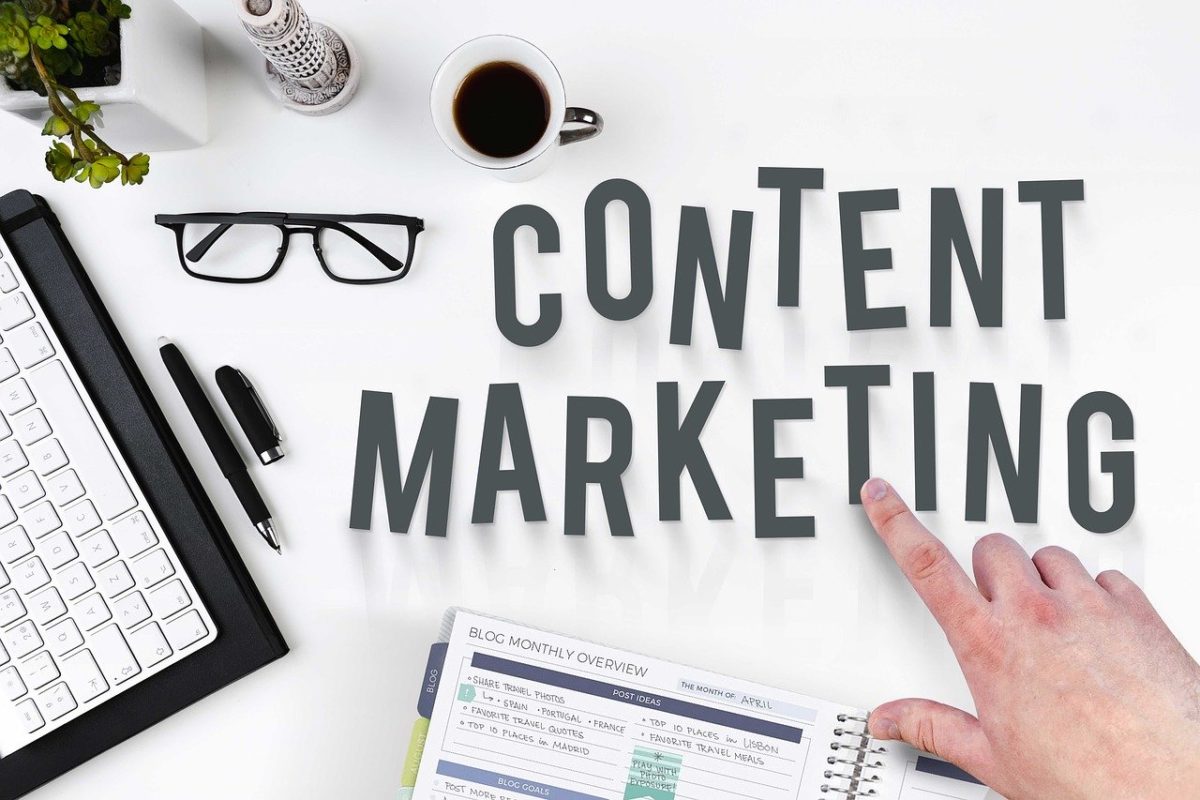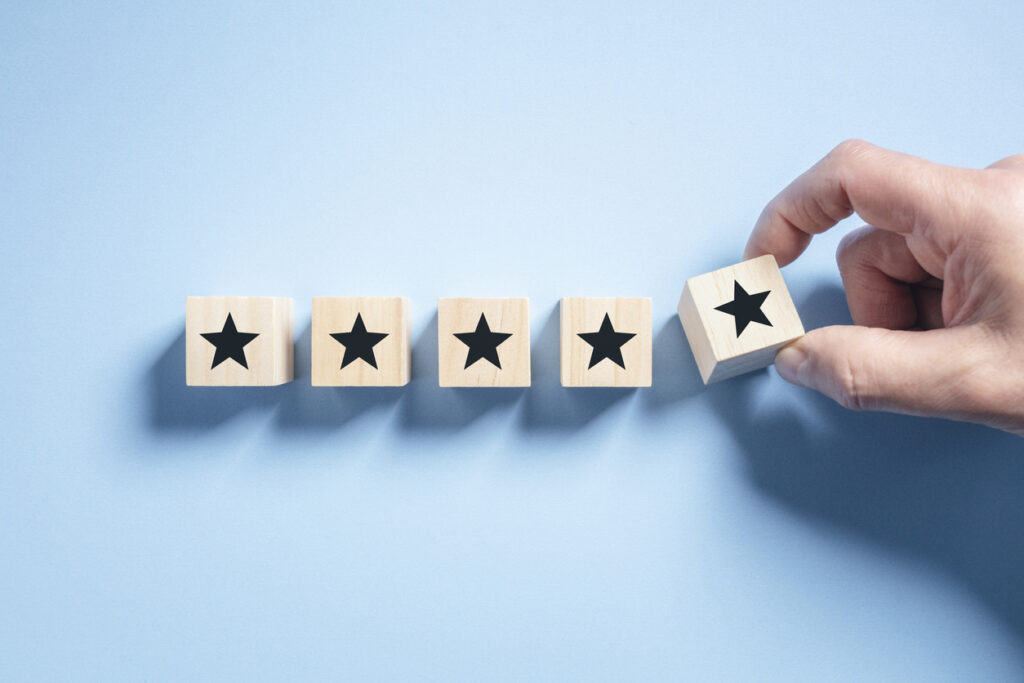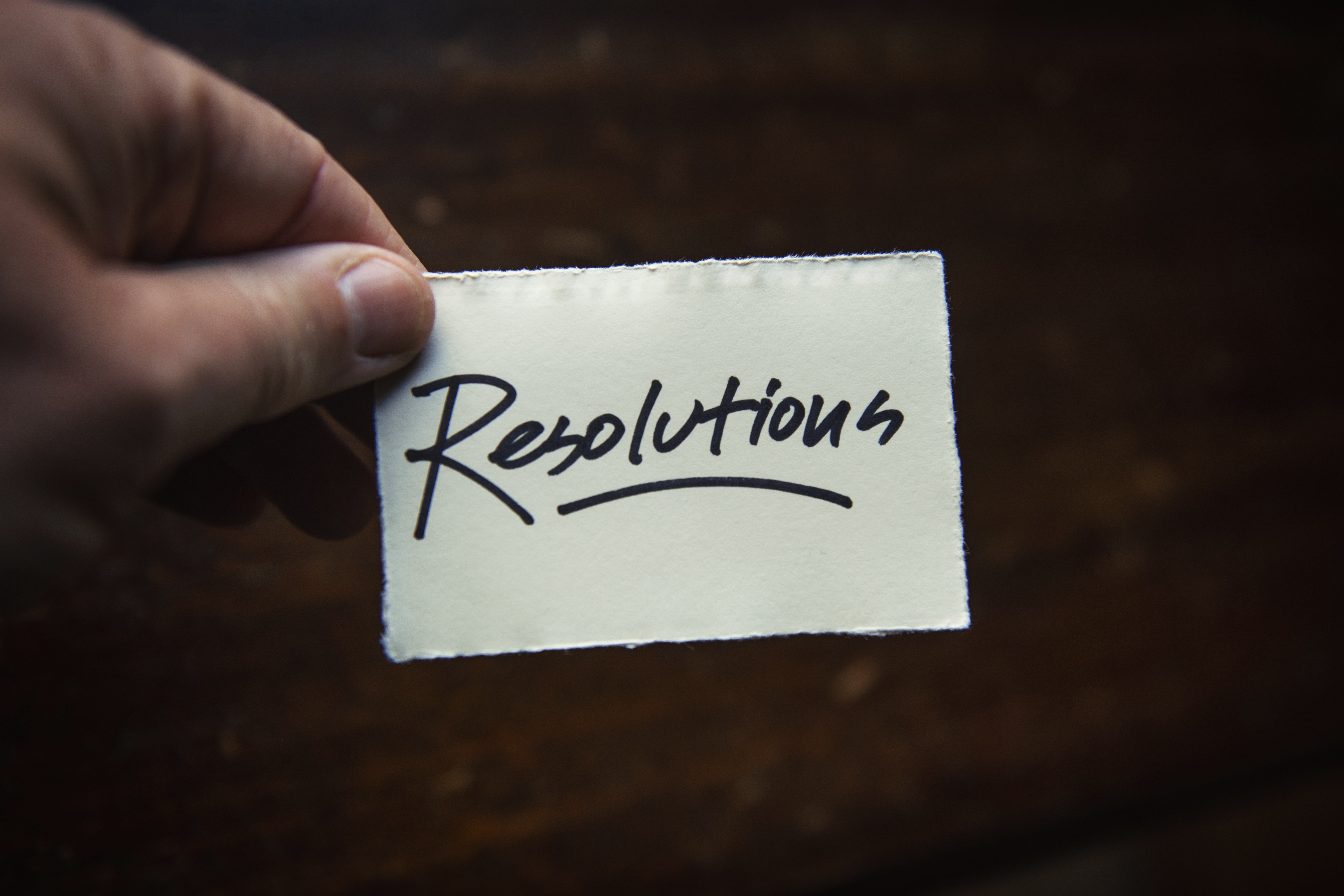
The surprising resurgence of the travel agent in 2023
If you think using a travel agent to book your annual holiday is so 1990s, then you might be surprised to learn they’re making a comeback. The post-Covid, post-Brexit landscape is seeing many holidaymakers returning to professionals to create a seamless trip. So, where does this leave digital marketers in the travel industry? A new […]





